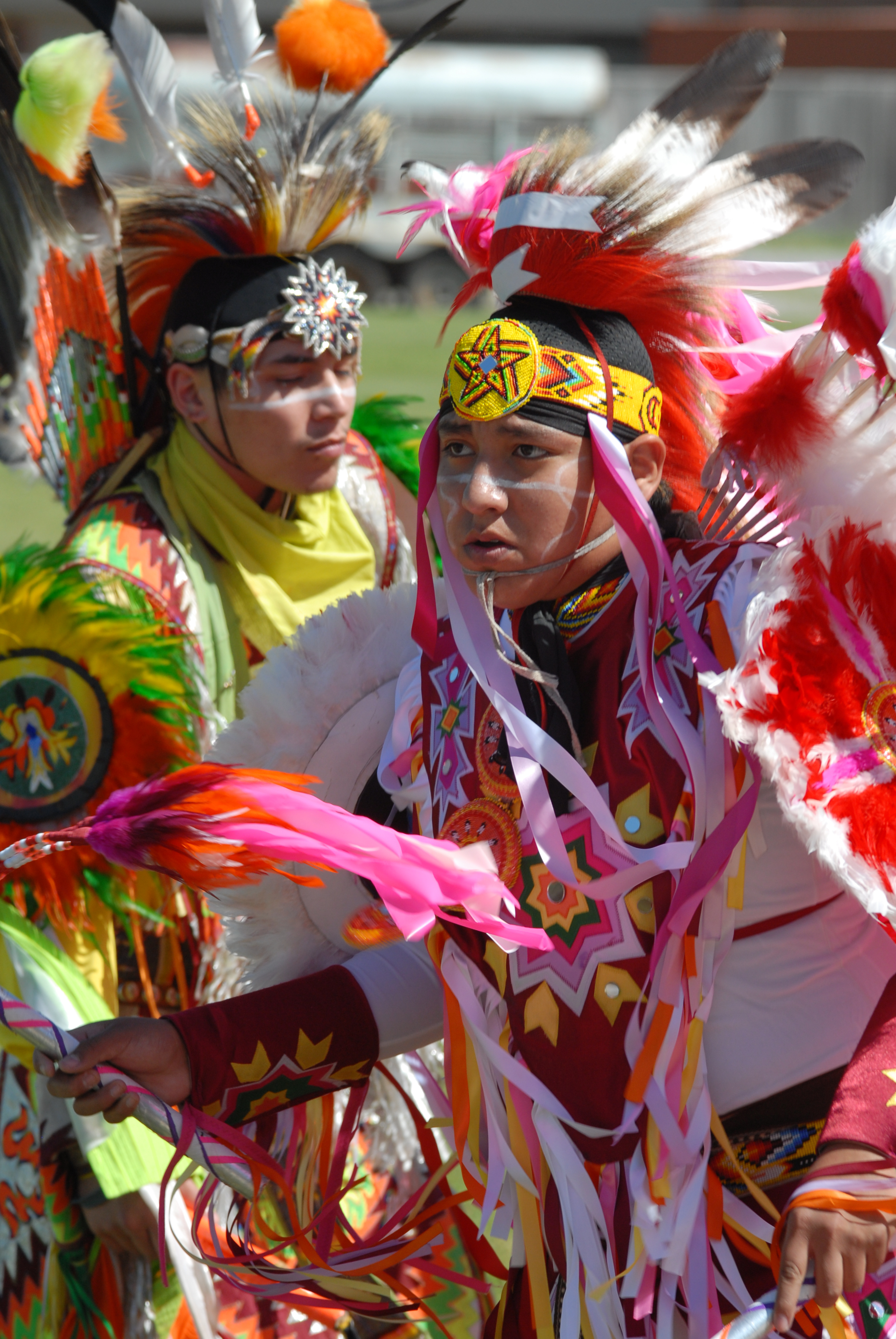

During the 1860s, Comanches and their fellow travelers actually rolled the frontier back as much as 200 miles. No other tribe would resist westward expansion so relentlessly.

The year of the Parker raid marked the beginning of 40 years of war among Texans, Americans, and Comanches. The conquistadors had handily defeated tribes below the Rio Grande, but the Comanche, though far less numerous and civilized than the Aztecs, were an obstacle of a different hue. Indeed, the Comanche had stopped the Spaniards dead in their tracks, preventing them from controlling wide swaths of what is today the United States.

The first white man to enter Comanche territory was Spanish explorer Francisco Coronado in 1540, and 330 years later the tribe was still fighting to keep its own empire, which once encompassed parts of five current states, including much of Texas. Not only would he rise to prominence, he would do so for a tribe that put the biggest dent of all in Manifest Destiny, according to Gwynne: “No tribe in the history of the Spanish, French, Mexican, Texan and American occupation of this land had ever caused so much havoc and death. Two years later she would give birth to the first of her three children, Quanah. She was bilingual, however, speaking Spanish and Comanche. She could no longer speak English and wanted to stay right where she was. She would resurface 10 years later when a Texas peace delegation spotted her, blue-eyed and light-haired, in a Comanche village, covered in gore from skinning buffalo. To flee the attack that transformed Cynthia Ann into a Comanche, brutally killed five Parkers, and took five more captive, survivors walked 65 miles to Houston and safety.Ĭynthia Ann was 9 years old when she was taken, having witnessed the gruesome slaughter of her kin and subsequent abuse of fellow captives by the not-so-noble raiding party. Indian raids were common in central Texas, and the Parkers had no backup: no neighbors, no town, no cavalry. Even though they had built a fort and were armed, it required courage and optimism to pursue such a lifestyle. Parker’s maternal relatives were homesteading way out on the Texas frontier in 1836, south of modern Dallas, lured there by generous land grants offered by the Mexican government. Parker and his white mother, Cynthia Ann Parker, were prime examples. Atrocities were as common as blue northers, and lives on both sides of the great divide ended or were disrupted in the most horrific ways. "Empire of the Summer Moon: Quanah Parker and the Rise and Fall of the Comanches, the Most Powerful Indian Tribe in American History" gives a blow-by-blow account of the hardscrabble and bloody life on the Texas frontier in the middle decades of the 19th century. Gwynne, formerly an editor with Time and Texas Monthly magazines, doesn’t. It would be hard to make such a tale tired or uninteresting, and in his first book S.C. To appreciate that Quanah Parker, the son of a captured white woman and a Comanche chief, lived an extraordinary, almost surreal life, consider this: He was a brilliant and vengeful warrior, a war chief at 21 who was responsible for the deaths of hundreds of white Americans, and who, in his second act, became a cattle rancher and school board chairman, acted in a movie, and palled around with President Teddy Roosevelt, who invited Parker to his 1905 Inauguration.


 0 kommentar(er)
0 kommentar(er)
